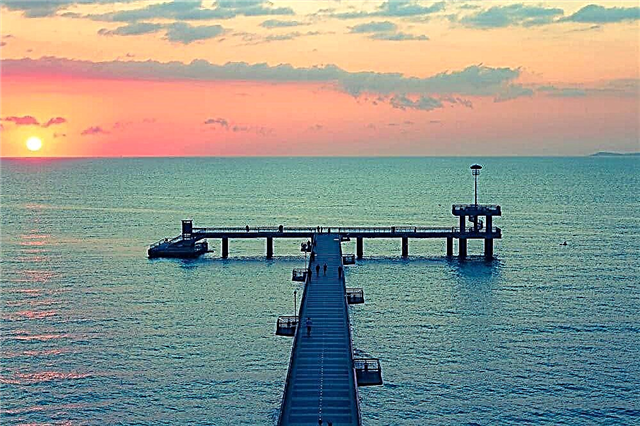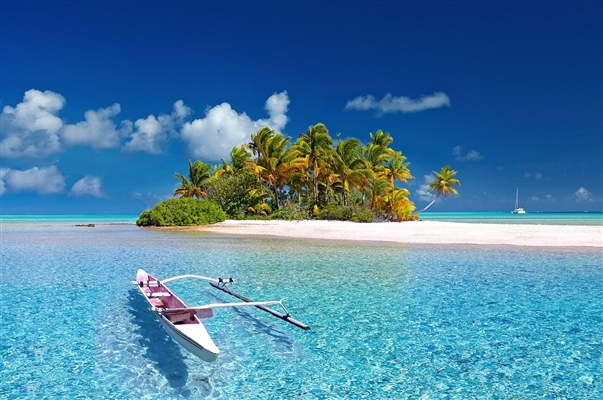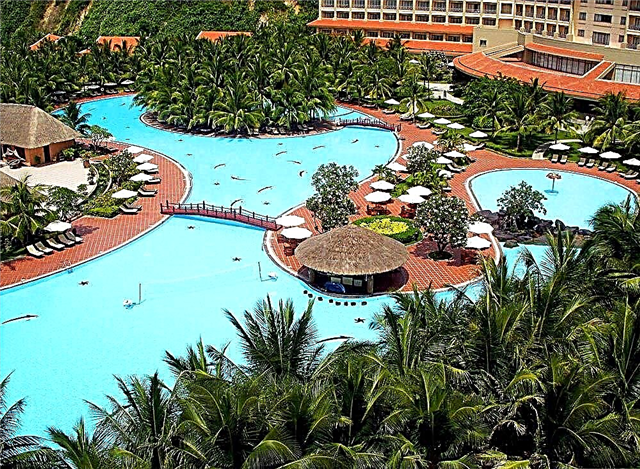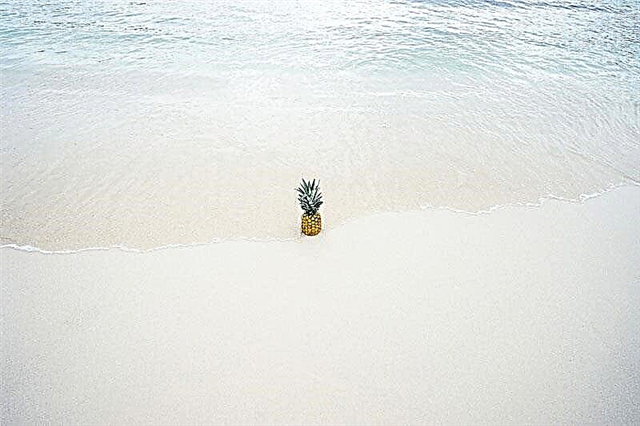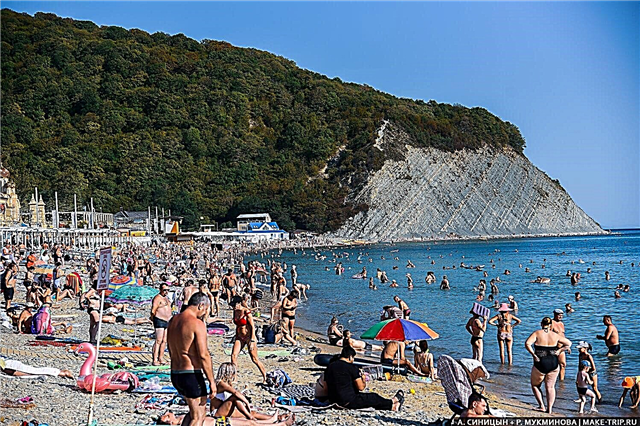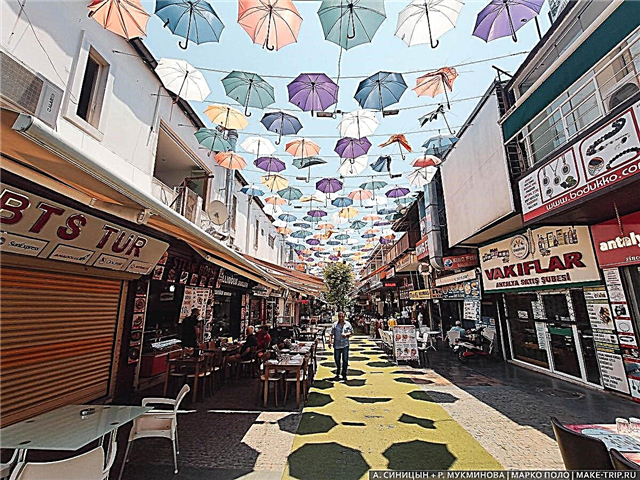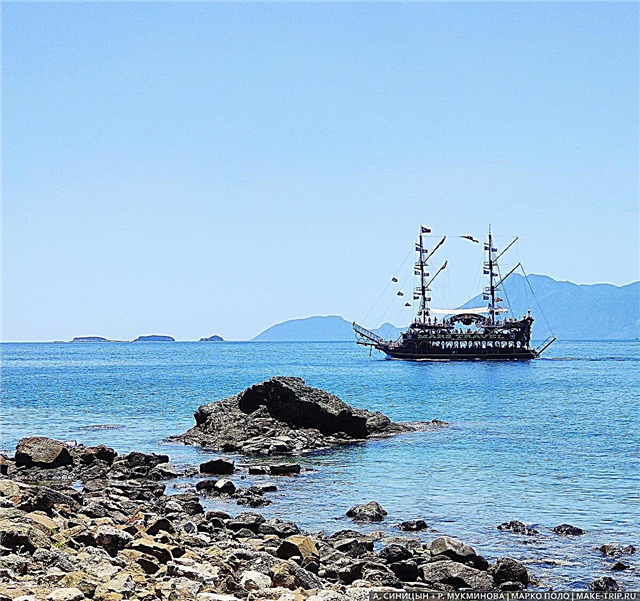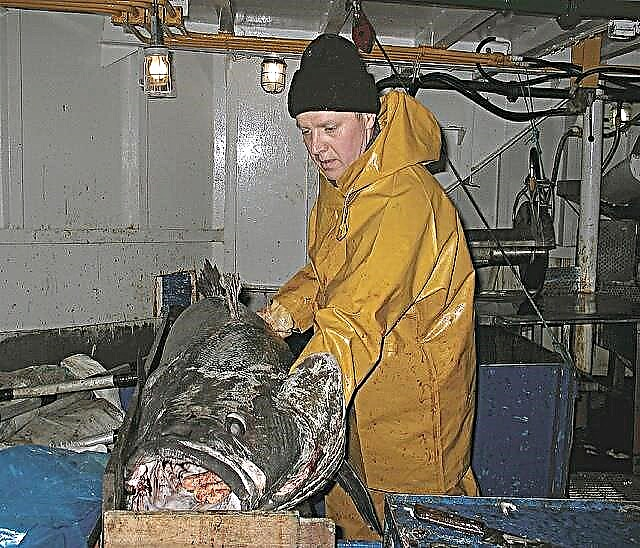One of the gastronomic trends of 2015 in France was the increased popularity of dishes prepared from fish, especially the preparation from new types that are not familiar to world cuisine, for example, the preparation of ice fish (gunnar) and many other types.
In this article, we will walk a little through gastronomic tourism and consider the preparation of not only ice fish, but also Baltic sprat, monkfish, and also consider some recipes, well, let's go to cook and learn amazing things with travel-picture.ru. But in order to cook a fish, you need to buy it! I wrote about how to choose fish in a store or a city market in my separate article.
Cooking Icefish (Gunnar)
The icefish got its name from the light hand of Japanese sailors for its unusual appearance. Its blood is absolutely transparent due to the absence of hemoglobin, due to which all organs can be clearly seen through the fish. It is interesting that in our country with you in Soviet times, only pets were fed with outlandish fish.
Currently, all the most expensive restaurants in the world, especially in Russia and France, have already appreciated the taste and benefits of ice fish, from this its popularity began to grow sharply and, of course, the price.

Today, icefish or gunnara are caught in the South Georgia, South Orkney, South Scotch and Kerguelen islands in quantities ranging from 1 to 5 tons per year. Soviet fishermen began fishing for this new species back in the 1970s and the catch reached 100 thousand tons per year. Russian fishermen today catch it, and imported frozen fish caught by ships of other countries enter the domestic market.
What you need to know when cooking ice fish: Its meat is dense, low-fat (2.2 grams of fat per 100 grams of weight) and low-calorie. There are 90.6 calories per 100 grams of the product. And the amount of protein in its composition can reach 17%. Thus, icefish is one of the healthiest fish for a healthy diet.
Let's move on to a small and tasty recipe for making ice fish, or as it is also called gunnara.
Icefish (Gunnar) Recipe
Ingredients for cooking:
- Ice fish - 500 grams
- Lemon - 1 piece
- Flour
- Greens
- Vegetable oil
- Spices and salt
Cooking method:
We clean the fish of scales, gut everything that is inside and rinse well. Pour lemon juice squeezed out of one lemon and leave for a few minutes. While it lies in lemon juice, prepare a mixture of salt, caraway seeds, saffron, rub the fish well inside and out. Pour vegetable oil over and wrap in foil. Fry in the oven for 20-30 minutes, serve with potatoes and fresh vegetables.
Cooking Baltic sprat
Before becoming one of the most beloved cold snacks on the menu of respected establishments, Baltic sprat was known as a folk delicacy and is widely available in the Soviet Union due to its cheap cost. The most popular were sprats in oil and sprats in tomato sauce.

Sprat meat has beneficial and nutritious properties. It is the richest source of vitamin D and fatty acids. The main nutritional value of this new type of fish is protein. Sprat is also rich in vitamin “A” and oleic acid, contains amino acids.
In terms of iodine content, sprat surpasses beef in dishes. 100 grams of sprat contains about 135 calories. It should be noted that canned sprat is several times less useful than fried or lightly salted fish cooked immediately after catch.
There are many recipes for cooking sprat, there are about 300 types of them. Today sprat is a respected snack in top restaurants. It can be served as a spicy salted fillet on Borodino bread toast or in salted or slightly salted form combined with fresh vegetables, herbs and strong tincture.
Cooking - Monkfish or Angler Fish
Despite its unattractive appearance, this fish quickly made its way into the menu of the most expensive establishments in the world. And she made her way thanks to her inner world - meat. Its meat is known as gourmet meat, it has a great taste, high protein content and vitamin “D”. There are 68 kilocalories per 100 grams of the product. The cost of fish is quite high.

It is interesting that the only edible part of this fish is the tail, the preparation options for which there are quite a few. White and dense angler fish meat is suitable for both chunks and grilling in the form of diced cubes, which are placed on skewers. In addition, this fish is boiled and stewed.
Monkfish meat is highly valued all over the world. So, in Japan, not only meat is eaten, but also the liver, fins, skin, stomach. The Chinese prefer to cook monkfish in a wok, while the Americans mostly grill them. In France, tail meat is prepared with blackcurrant jam or sweet potato.
Cooking toothfish fish
Possesses valuable meat. It lives in subantarctic waters and, like most fish of the northern seas, its meat is rich in vitamins and microelements. The fishery is carried out mainly for the Patagonian toothfish. Chile has even taken measures to preserve the population of this fish, which oblige to catch no more than 6,000 tons per year.
It is rarely possible to buy fresh fish, therefore toothfish is familiar to the general consumer in the form of balyk products. It is imported to Russia in shock freeze and requires defrosting (defrosting) with a gradual decrease in temperature.

The meat is very tasty, with a 30% fat content, which is why it was nicknamed “butterfish”. 100 grams of the product will enrich the body with 203 calories. Toothfish is especially popular in Japan and the USA, where a kilogram of meat costs 30 euros. The high price gave the toothfish a new nickname - “white gold”.
Fresh toothfish is suitable for all types of cooking. In luxury restaurants, it is used as a steak and served with a variety of sauces such as cream. To emphasize the special taste, you can use herbs: parsley, basil, bell peppers. In addition, toothfish goes well with vegetables. At home, toothfish can also be suitable for salting, but a prerequisite is the freshness of the fish.
Cooking ice fish, sprat, monkfish and toothfish is still gaining momentum, which means that world cuisine is not only learning new types of fish, but also just beginning to be born, I hope with this terrible article I have caused you an appetite and knowledge for the unknown.

